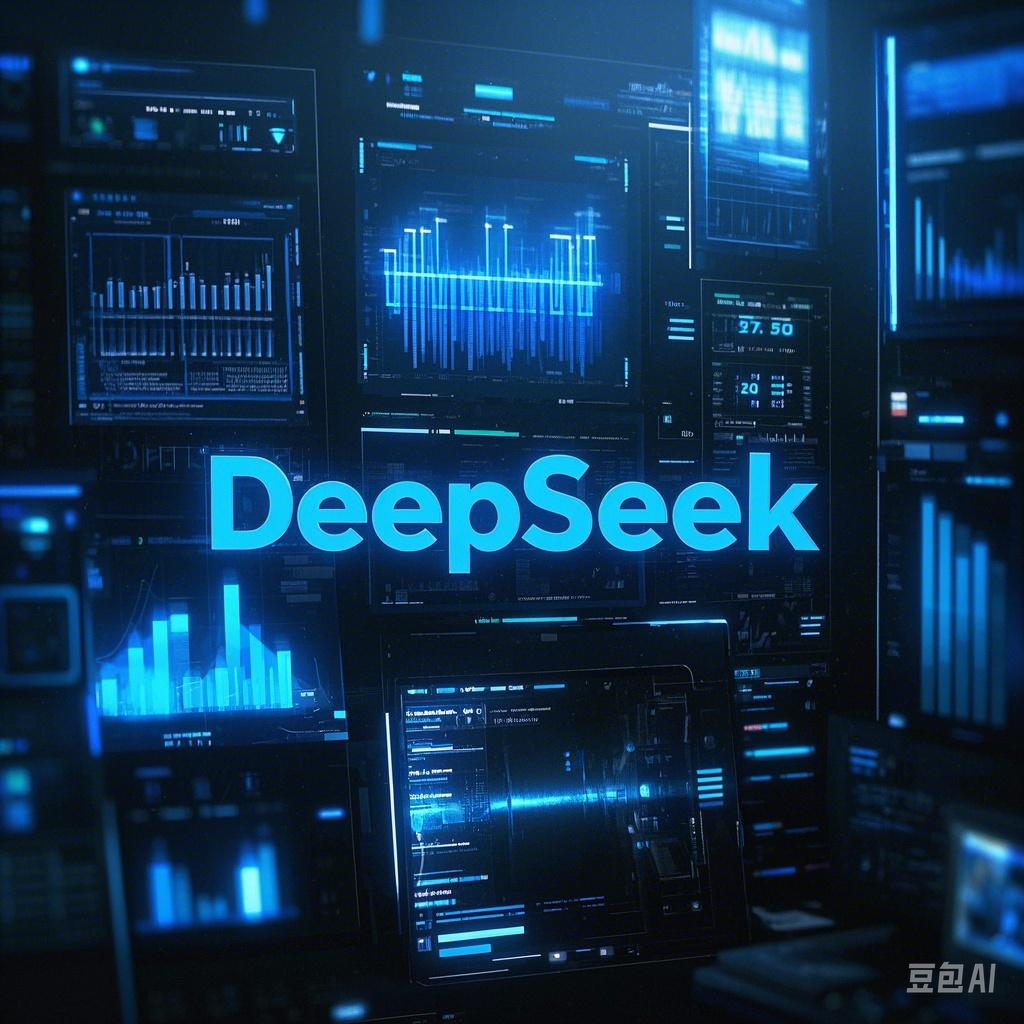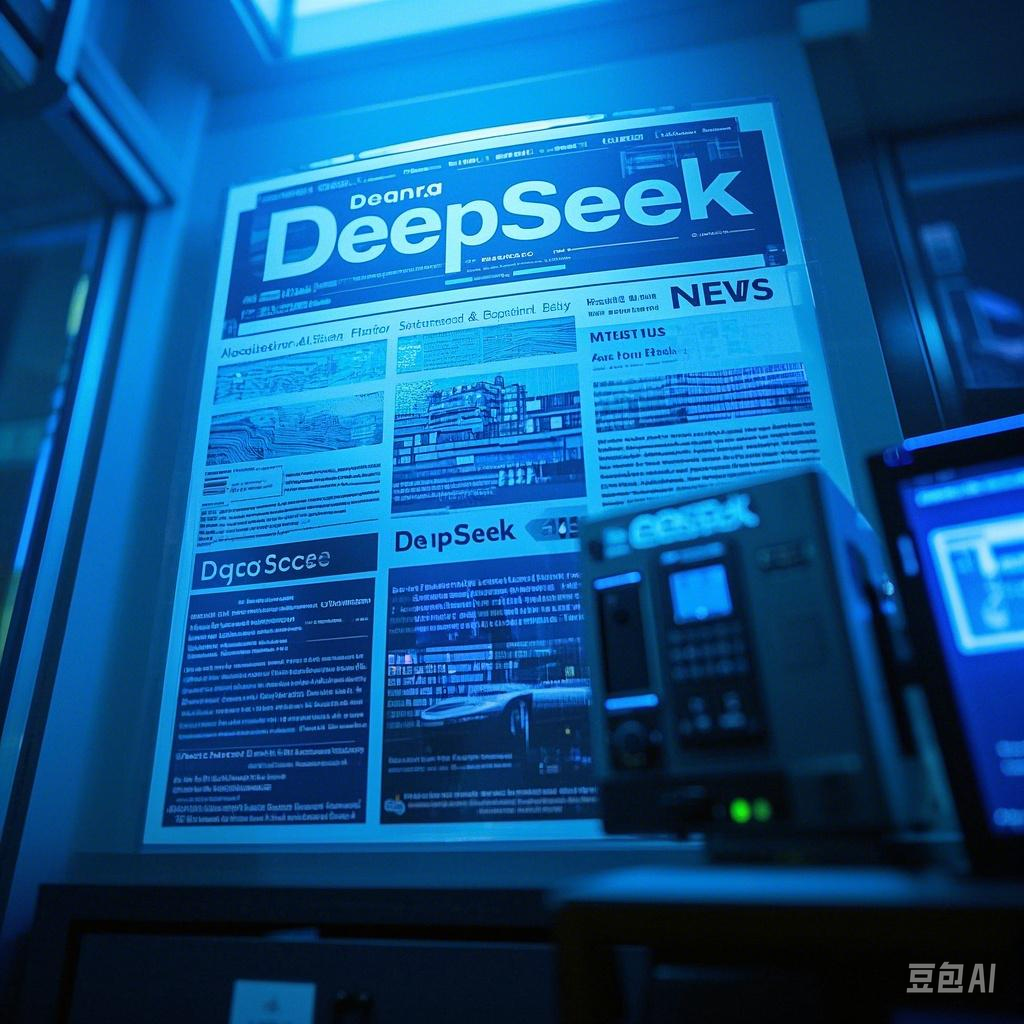In recent weeks, the tech world has been abuzz with the meteoric rise of DeepSeek, a Chinese startup that is shaking up the artificial intelligence (AI) industry. With its innovative approach and cutting-edge technology, DeepSeek has quickly emerged as a formidable competitor to established players in the field.

One of the key factors that sets DeepSeek apart is its commitment to open-source. Unlike many major AI companies in the United States, which operate closed systems, DeepSeek has embraced an open-source model that fosters collaboration and experimentation. This approach has not only attracted a large community of developers and researchers but has also led to faster breakthroughs in AI technology.
DeepSeek’s web-based chat interface and mobile app are free to use, making its AI technology accessible to a wide range of users. This stands in stark contrast to companies like OpenAI, which keep their models proprietary and charge monthly fees for access. By offering a free and open platform, DeepSeek has democratized AI, allowing individuals and businesses of all sizes to benefit from its capabilities.
The company’s recent release of two large language models has further solidified its position as a leader in the AI space. These models, which rival the performance of dominant tools developed by US tech giants, were developed at a fraction of the cost and with far less computing power. This achievement has challenged the long-held belief that leading-edge AI models require significant technical and financial resources.
For instance, the DeepSeek-R1, an open-source “reasoning” model released on January 20, employs a “chain of thought” approach similar to OpenAI’s most advanced large language model o1, which was unveiled late last year. Meta’s chief AI scientist Yann LeCun even emphasized in a recent Threads post that open-source models are now surpassing proprietary ones. This shows that DeepSeek’s model is not only competitive but also leading the way in the open-source AI movement.
The impact of DeepSeek’s success has been felt far and wide. In just a few days after its release, the DeepSeek AI assistant mobile app quickly rose to the top of Apple’s App Store charts, outranking OpenAI’s ChatGPT mobile app. This feat is a testament to the growing popularity and demand for DeepSeek’s technology.

Moreover, DeepSeek’s breakthroughs have sent shock waves through Silicon Valley, Wall Street, and Washington. Tech investors are taking notice of the company’s potential, while policymakers are grappling with the implications of a new player in the global AI race. The company’s success has also spurred a broader conversation about the future of AI development and the importance of open-source collaboration.
However, DeepSeek’s rise has not been without its challenges. As with any new and rapidly growing technology, there are concerns about security and privacy. Some experts have raised questions about the potential for malicious actors to exploit the open-source nature of DeepSeek’s models. Additionally, there have been reports of fake apps and websites mimicking DeepSeek, which could pose risks to users.
Despite these challenges, the future looks bright for DeepSeek. The company continues to invest in research and development, with plans to expand its product offerings and global reach. By staying true to its open-source roots and focusing on innovation, DeepSeek is well-positioned to continue disrupting the AI industry and driving the next wave of technological advancements.
In conclusion, DeepSeek’s emergence as a major player in the AI landscape is a significant development that has the potential to reshape the industry. With its open-source approach, powerful models, and growing user base, DeepSeek is demonstrating that AI breakthroughs can be achieved through collaboration and innovation. As the company continues to grow and evolve, it will be exciting to see how it further impacts the world of AI and beyond.
[Insert an image here of a representation of DeepSeek, perhaps a logo or an artistic rendering of its technology in action. For example, an image of a sleek interface with code snippets and a friendly AI chatbot icon could be used to visually represent DeepSeek’s offerings.]